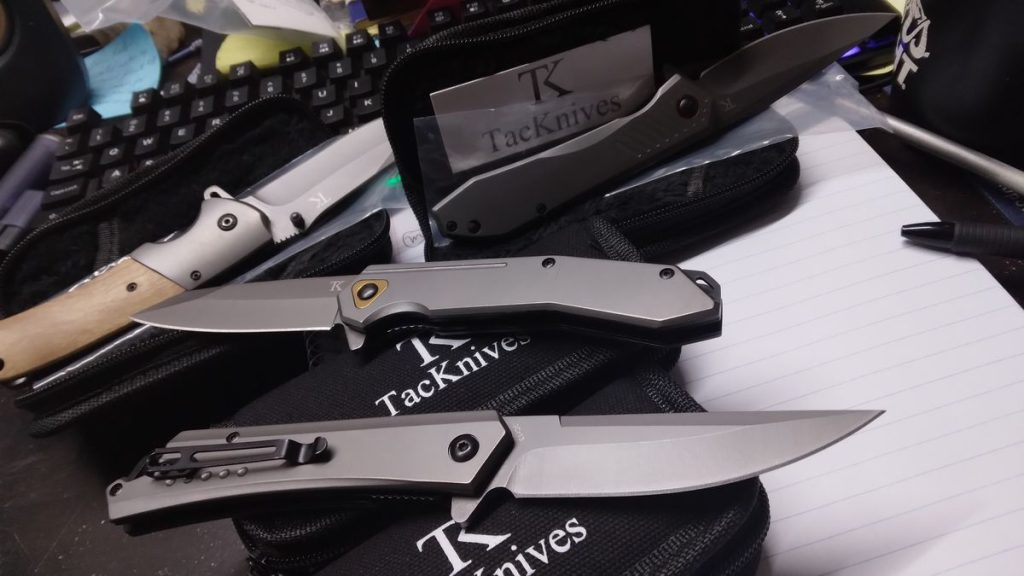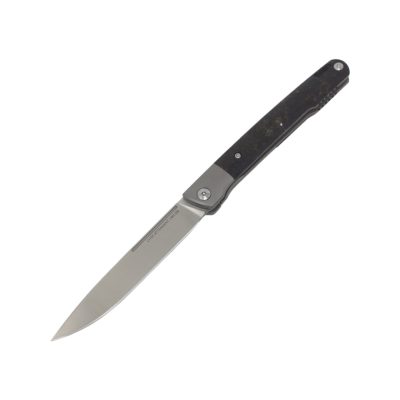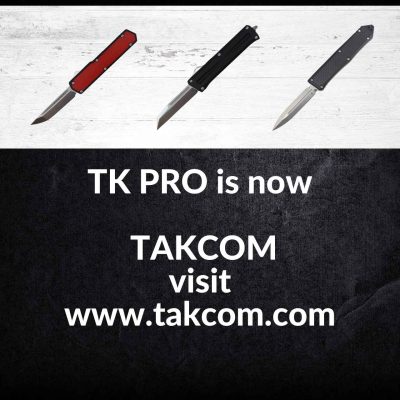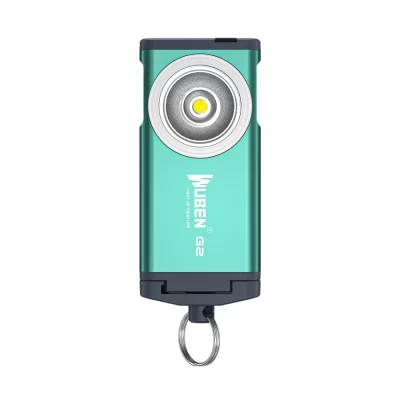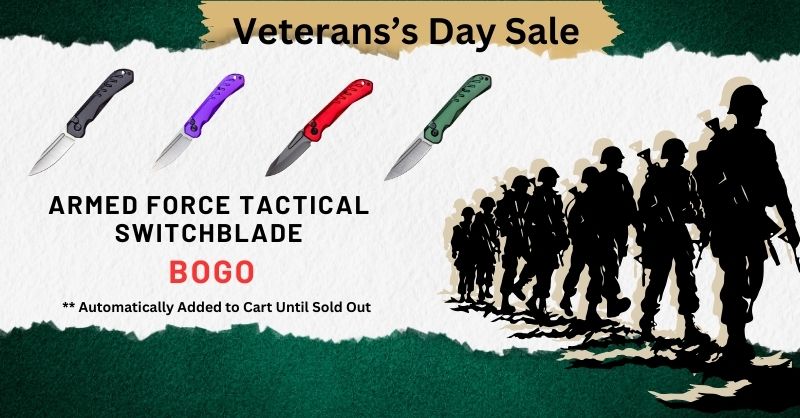The Folding Pocket Knife and it's Uses
We here at TacKnives like to discuss the antiquity of knives, how they have existed for millennia, proliferated across cultures and societies, and have varied greatly in design and intended use. During a particular time in one corner of the globe, you might find foldable work knives that allow a user to open them with a couple acrobatic flips of the wrist. Another geographical and temporal locale might unearth spring assisted out-the-side knives or foldable bayonets or simple friction knives requiring nothing more than the pressure of a thumb to remain open. Yes, folding pocket knives truly have a rich history, and with that history has come more than a few odd traditions and several enduring pieces of etiquette that persist to this day. In this article, we will highlight some of the more common unquestioned customs that surround folding knives, explain where they came from, and talk about whether or not you need to honor them today.
Etiquette Tip #1: When Passing a Knife, Do So Handle First
Our initial etiquette tip is less a matter of highly refined manners or hidebound superstition and more one of obvious practicality. Handing a knife to another individual blade-first simply invites trouble. Instead of simply letting the knife settle into the flat of a palm, receivers of a knife proffered by the blade must try to pinch it between thumb and forefinger, which greatly increases the chance of injury. And if either party drops it, then the knife runs a relatively high probability of gouging a leg, impaling a foot, or chipping when it strikes the floor.
Tradition #1: Always Gift a Penny Along with a Knife
One cross-cultural tradition (or superstition, depending on your viewpoint) is that providing a folding knife (or, indeed, any knife) as a gift runs the risk of severing your connection to the recipient. It’s anyone’s guess as to how this tradition originated, but know that some people hold to it even to this day. Fortunately, there’s a workaround of equal antiquity. If you include a penny along with a gifted knife, the recipient can hand the penny right back to you — “buying” the blade and making it no longer a gift.
Etiquette Tip #2: The One Who Opens the Knife Also Closes the Knife
This bit of etiquette makes a lot of sense when you consider it, although it does clash a bit with our first tip. When a person opens a knife for you, he presumably wants you to be able to see the blade. When another passes it over closed, safety is the obvious priority. Some are so strident about this that their devotion edges into the ridiculous. Nevertheless, give the knife back the same way that you received it.
Tradition #2: Don't Give a Knife as a Wedding Gift
This hearkens back to our first tradition of never giving a knife as a gift and is verboten for just the same reason: Receipt of a knife could somehow lead to the severing of the relationship, only this time between the new spouses. Forget about including a penny with this one. Play it safe and get another gift.
Etiquette Tip #3: When Holding an Open Knife, Ensure That No One Steps Within the Blood Circle
“The Blood Circle” sounds like a particular dramatic noir film, perhaps some kind of hidden gem in the early cinematic oeuvre of the Coen brothers. Really, though, it’s just a practical way of exercising safety etiquette when holding an open folding knife. To visualize what the Blood Circle actually is, extend an arm directly out from your body and trace a clock face all the way in front and behind you. If you were holding a knife in that hand, anyone who stepped past that imaginary boundary could hypothetically get injured — so make sure that no one does so! A corollary of this rule is the rather obvious idea that you should never use an open knife as a pointer
Tradition #3: It's Bad Luck to Hand Someone an Open Knife
Here is another commonsensical tradition, one that goes far back in history. We all know that handing people open knives could cause cuts, but this tradition also originates from a time when pointing a blade at someone automatically implied aggressive intent. No wonder a tradition soon cropped up, and given that we’re not that far removed from those times of iron and blood, it still makes sense to not pass someone an open knife.
Etiquette Tip #4: Always Use a Knife for Its Intended Purpose
When applied, this time protects both blades and the people around them. Occasionally, you may find yourself needing to use a folding knife to pry open a can, slice a seat belt, or strike sparks from flint, but such instances usually occur in desperate contexts and survival situations. In ordinary life, subjecting a folding knife to unanticipated strain may cause it to fracture, deform, or slip. Getting hurt is a real possibility, so don’t do it.
Tradition #4: Don't Stir Soup or a Drink with a Knife
Not only is swirling an edible liquid with a blade a great way to get everyone at the dinner table to look askance at you, it also has connections to very old traditions. In addition to providing little in terms of practicality, stirring stew, broth, tea, coffee, or pretty much anything else with your folding knife is supposed to stir up bad luck. And if you’re trying to make a good impression on your boss or a potential mother-in-law, that will definitely prove true!
Etiquette Tip #5: Never Walk or Run with an Open Knife
In the nineties-era, highly obscure science fiction show VR.5, the main character finds herself pursued by a menacing character wielding a knife. At one point, he runs after her through a rough, wooded area — and suddenly trips. His clumsiness quickly ends his reign of terror as the blade punches into his chest. Though resolving character conflict like this might seem silly, it’s actually largely true to life. According to a study published in Journal of Emergency Medicine, nearly 1,200 knife-related injuries get treated in emergency rooms every day, and folding and utility knives account for a plurality (47 percent) of all wounds
Tradition #5: Don't Cross Knives While Eating
Much like our third tradition, crossing knives is connected with a time where people clapped bladed weapons on their hips and would draw them to settle scores or in self-defense. No wonder crossing knives while eating at the table became a sign of bad luck. Today, this tradition is more of a curio than a serious practice to be observed.
Etiquette Tip #6: Never Haggle Over Custom Blades While at a Knife Show
Our final etiquette tip isn’t one you’re likely to encounter in everyday life, but should you find yourself at a knife show and looking over the wares of a custom folding knife maker, it’s one tidbit of wisdom that you won’t want to forget. Custom knives aren’t the same thing as mass-produced folders that factories belch out by the boatload. Bespoke knives require a level of knowledge and effort far beyond that of other blades, not to mention the typically higher quality materials employed. Trust that custom knife makers have priced their wares accordingly, and if you don’t like their cost, simply move on.
We hope that this exploration of various traditions and bits of etiquette related to folding knives has shed light on some of the seemingly bizarre practices that actually have a somewhat rational basis. Examine the various folding knives we offer and see if you can find the perfect one for yourself or a friend. Just don’t forget to include a penny!

